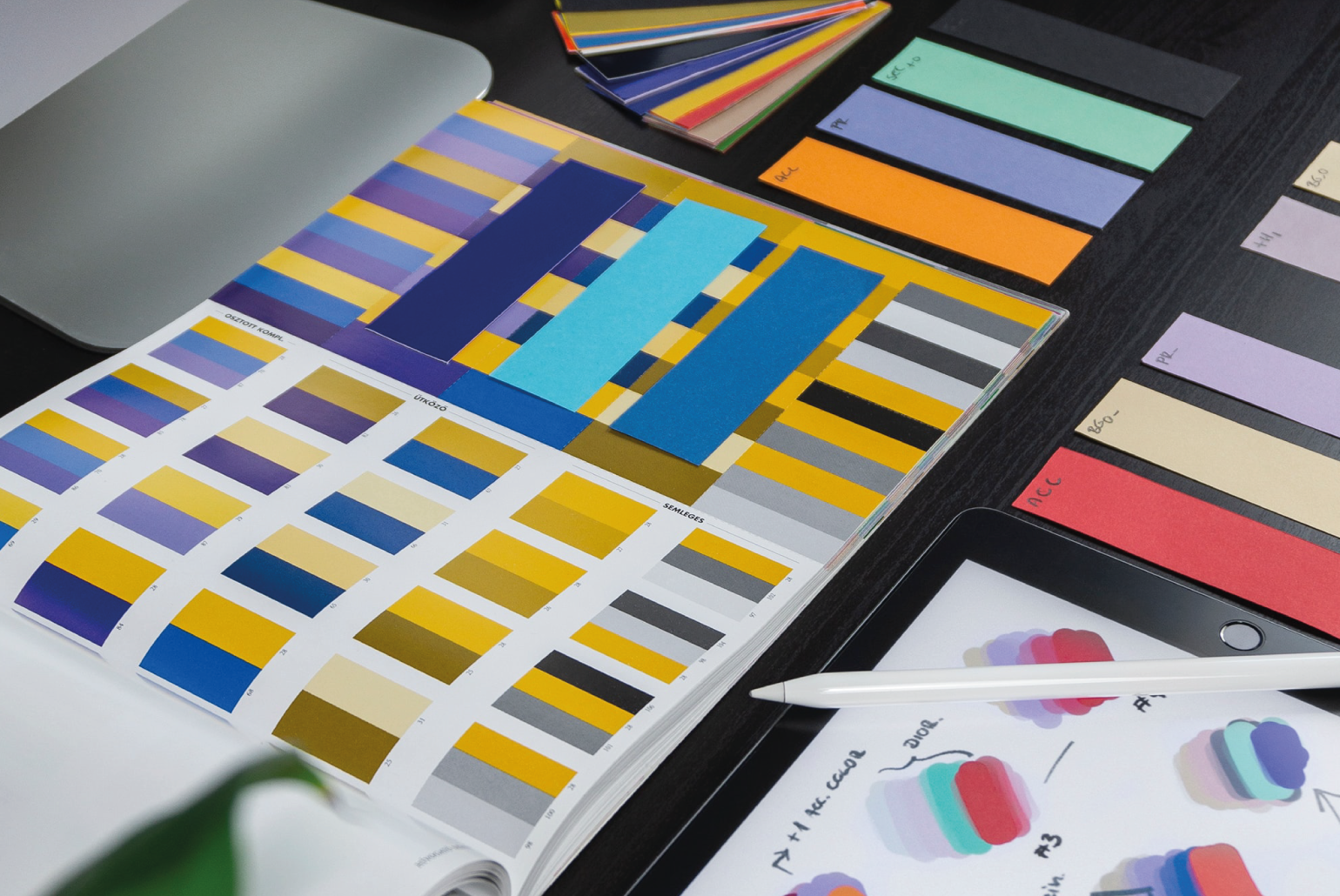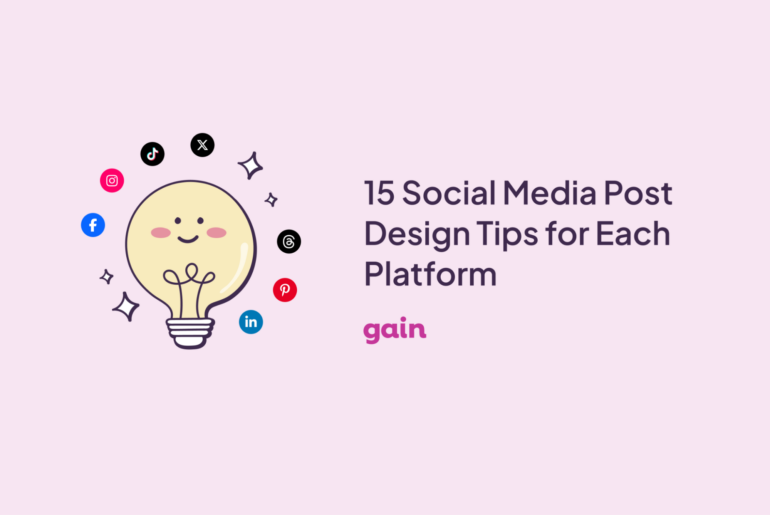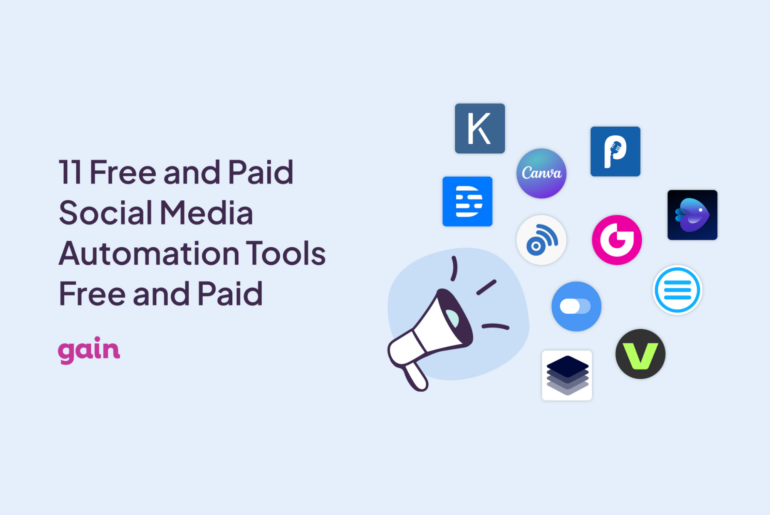Photo by Balázs Kétyi on Unsplash
Modern markets have evolved well beyond entertaining impersonal businesses: they’re all about celebrating brand identities and consumer interaction. For organizations, this means being transparent in what their brand is about and using visuals and audio icons at consumer touchpoints to stay recognizable. Branding assets are used for the purpose, and they’re proving themselves to be invaluable.
Down below, we’ll discuss what exactly branding assets are and how you can keep them consolidated and consistent.
Understanding Branding Assets
Think of Coca-Cola’s bottle icon or Apple’s half-bitten apple; you’ll recognize them and associate them with their respective brands no matter where or when you see them. Such is the general case with branding assets.
A brand asset is any object, digital element, sound, or text directly linked to a brand’s identity. These can be logos, color schemes, and whatnot.
But it is essential to remember that an element is only labeled as a branding asset when it leads the consumers directly to the brand and not its competitors. Similarly, it’s only a random marketing element if the customer does not associate it with your brand’s identity.
For example, McDonald’s red and gold color scheme is an element that may not make the consumer recognize it as the brand’s, but its golden arches are instantly recognizable and linked to its identity. Given this direct association and instant customer cues, such assets are powerful marketing tools.
Elements That Can Be Used in Branding Assets
Branding assets go beyond jingles and logos and often leverage a combination of multiple elements. Some examples of common elements used here include:
- Logos
- Color schemes
- Graphics
- Music
- Communications materials, like letterheads
- Typography
- Packaging
- Catchphrases
Maintaining Consistency
In general, brand consistency is vital to ensure that every product or message you put out can be traced back to you instantly. The idea behind creating branding cues is to make consumers immediately remember you when they see your products and messages. This can only work if your assets are designed cohesively and used consistently.
For example, the consumer may not successfully associate a color scheme with your brand’s elements if your design team uses it in packaging; yet your social media marketing team isn’t incorporating it into their campaigns.
Here are a few things to consider if you want to maintain uniformity across your branding assets.
1. Design and Tone
Studies show that 55% of brand’s first impressions are visuals. Indeed, visuals and tone are incredibly effective tools in constructing a brand identity.
When you’re designing your advertisements, posters, or even your products, think of elements that you would prefer iterating. This can be a logo, a color scheme, and a font. Similarly, your tone should be repeated throughout your advertisements, social media posts, and announcements. You want to create a personality for the business that will let the consumer associate it with the brand’s name as time passes.
2. Brand Niche and Target Audience Demographics
You can only ensure long-time consistency if you incorporate your brand’s story and your audience’s demographics in your brand assets. Otherwise, it’s inevitable that you will have to change your branding later on.
For example, if you’re dealing with skincare catered to teenagers, having a dull, nude color scheme may not do the job, even if that’s the general theme many skincare brands follow for older individuals. Similarly, if your brand’s theme only caters to your audience’s demographic but is not a match for your brand’s story or niche, you’ll likely modify it later. The most optimal way is to keep your and your prospects’ preferences in mind from the beginning.
3. Quality
If you’re cutting on costs or saving time and not focusing on the quality of the designs, competition in the market will have you begin creating them from scratch later on.
This will, again, not enable you to attain regularity. Take your time in the beginning when designing your brand’s assets, or hire experts to do it for you. Interact with your clients and make all adjustments in the initial phases of your launch. This way, all future modifications will be minor, and you will not have to redo your entire theme.
4. Time and Trends
Trends come and go many times in a year. While following the temporary ones may give you traction for a while, it’s not advisable to base your brand’s foundational assets solely on trends if you’re launching a new brand.
When creating crucial assets like logos, focus on your brand and your audience and incorporate timelessness. You’ll have your brand’s lifetime to cater to trends, and you’ll find a decent margin to do so in certain assets like your packaging and advertisements.
5. Consistency and Repetition
When you introduce a new brand asset, always use it alongside your brand’s name. You also need to ensure that it’s repeated in some way and seen across all consumer touchpoints so that the customer links it to your brand identity. Repetition and consistency, when leveraged together over an extended period, make for powerful link-building tools.
6. Policy and Access
It’s essential that all your teams are on the same page regarding your current strategy. You need to lay out clear central guidelines for when and when not to use branding assets. Doing so right from the start will enable you to focus on consistency for a long time.
It is also vital that all teams have access to updated brand assets, or you risk the chances of establishing cues for the consumer. Clear communication and tech-enabled software, like Gain, will play a key role in facilitating, collaborating, enforcing, and informing. You can use Gain to have all the assets available for your team and freelancers and create approval workflows for your stakeholders or the lead design person to approve the use of your branding assets in social media or other marketing content.
7. Stationery and Gifts
Repetition of visual branding assets in internal operations will create a brand culture where all your employees learn to associate cues like color palettes and icons with your brand. Don’t just focus on consumer touchpoints; internalize your designs within your company!
Incorporate them into stationery, invitation cards, and gifts you send to your employees (or customers). Now, stamping the logo everywhere may not be a good idea, but subtler elements, like typography and tones, can help you significantly here.
Final Words
Presenting your branding assets the right way can elevate your marketing game to that of Nike’s swoosh symbol and Google’s immediately recognizable icons.
You’ll need to think of your brand identity and then work step-by-step toward making it tangible. However, you must remember that if your customers disagree with how you present your brand, you’ll have to consider a change. Conduct surveys, contact loyal consumers, and encourage feedback. This way, you’ll stay true to your brand’s identity and values while respecting the opinions of your customers.
And don’t forget, you’ll need a marketing automation platform like Gain, where you can have all your branding assets available for your design and social media teams and implement approval workflows for one person to approve the use of them in your social media or marketing content. Try Gain free and make it easy for your team to keep your branding consistent and effective!






